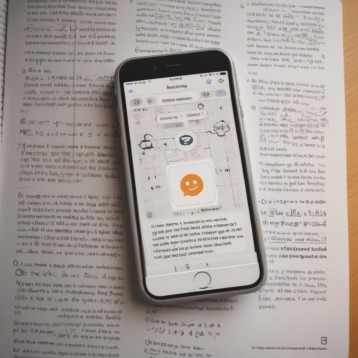Using ambient backscatter, these devices can interact with users and communicate with each other without using batteries. They exchange information by reflecting or absorbing pre-existing radio signals (Credit: University of Washington)
A team of engineers from the University of Washington developed a new wireless communication system that requires no batteries and instead uses existing radio signals in its neighborhood to communicate. This technology might allow for the creation of a network of everyday things – making our lives just a little bit easier.
The technology developed by the University of Washington team uses ambient backscatter, reflecting or absorbing pre-existing radio signals. These types of signals are all around us coming from all directions TV and cellular transmissions, WIFI and a host of other signals from a large variety of manmade devices broadcasting 24/7.
–
According to Professor Shyam Gollakota from the University of Washington computer science and engineering department and lead researcher on the project: “We can repurpose wireless signals that are already around us into both a source of power and a communication medium. It’s hopefully going to have applications in a number of areas including wearable computing, smart homes and self-sustaining sensor networks”.
–
–
There are many potential applications for a device which can communicate with other devices on a regular basis without having to worry about power supply. One example given by the developers is a couch embedded with a ambient backscatter technology that lets the user know where his keys were left (the keys or keychain should also be equipped with the same technology of course).
–
–
A more interesting application has to do with all types of sensors and specifically sensors inside walls. Currently there is no simple way of putting small cost effective sensors inside walls for home automation and monitoring since you need to be able to change batteries every once in a while. With ambient backscatter technology permanent sensors could be embedded into walls and other hard to reach places where they will function indefinitely (or at least until they fail – which can take years).
–
–
One of the most interesting applications could be smart clothing – think of a T-shirt that can alert you one you get an SMS or a suit which can send your electronic business card when shake hands with a new colleague. The applications are endless says the researchers – now its only a matter of perfecting the technology, making it as cheap as possible and having a single protocol that will allow all manufacturers to create their own ambient backscatter supported devices.
–
–
TFOT covered many other stories dealing with technologies which do not require batteries. In 2007 TFOT reported that Scientists from Southampton University in the UK created a practical “vibration harvesting” microgenerator less than one cubic centimeter in size. We also reported about shoes that create electricity from your steps as well as the opposite concept developed by the British company “The Facility” for a floor that converts the energy from footsteps into electricity. More recently we covered a pacemaker powered by the human heart itself developed at the University of Michigan.
–
A video of the ambient backscatter technology developed by University of Washington team
A video of the ambient backscatter technology developed by University of Washington team











